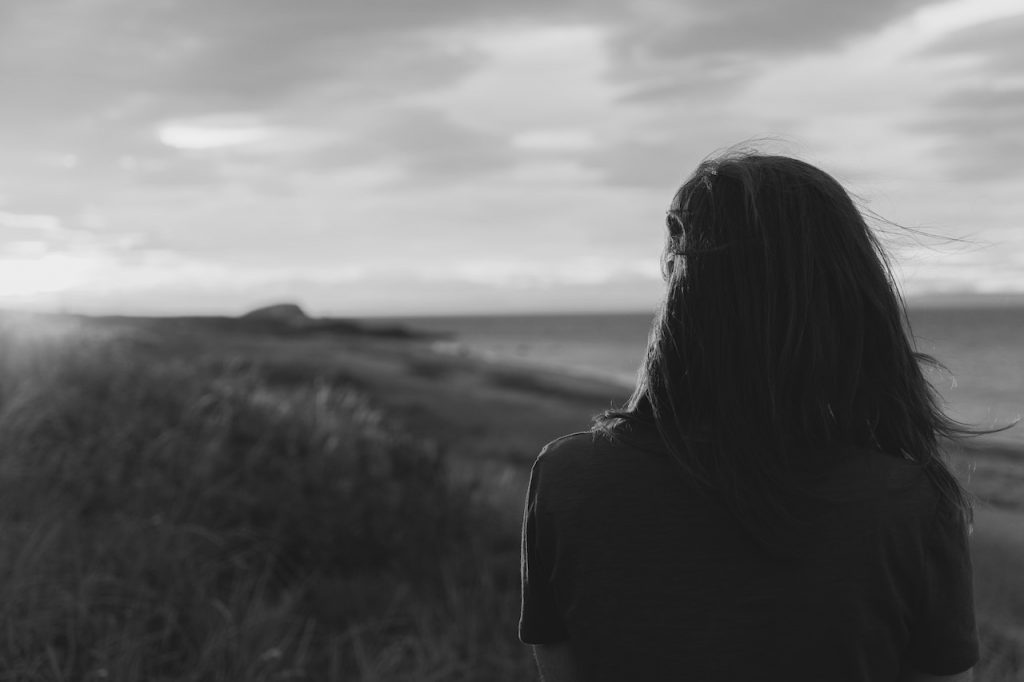It has been said that the protection of sources is one of the strongest data acquisition methods for a journalist. The sentence sums up nicely the position of sources in journalism.
Protection of sources makes it possible for citizens to bring to light information through the media about malpractice committed by policy-makers and officials without fear of repercussions or retaliation.
A classic example is the Watergate scandal, which led to the resignation of US President Richard Nixon. Eavesdropping practised by Republicans would not have been exposed without an anonymous source.
The protection of sources is one of the strongest data acquisition methods for a journalist.
The journalist has the right and duty to keep the identity of a person who supplies confidential information a secret. The journalist must never reveal their confidential sources, not even under pressure. Attempts at such pressuring should also be fended off.
Achieving the confidence of the sources demands the journalist’s time and energy, but it can be lost in the blink of an eye. Journalists who reveal their sources not only damage their reputation, but also undermine the trust of the whole professional community.
To ensure that socially important sources of information can trust that they will retain their anonymity in the future, journalists must together and alone defend the position of the protection of sources. Protection of sources is the security and right of the source, not the journalist. Much like working as a journalist, acting as a news source and getting revealed are also life-threatening in many countries.
Protection of sources is the security and right of the source, not the journalist.
If the publication of societally important information causes very unfavourable publicity, the editorial office should outline to the audience how the dependability of the anonymous source and the information acquired from it has been ensured.
In some specific situations, a court of law may order a journalist to reveal their sources. For example, in Finland a court may order the journalist to reveal their sources when handling a case where the most severe sentence is at least six years of imprisonment, or if it suspected that handing over information has violated the obligation to maintain secrecy. In Sweden, the protection is even stronger: the law prohibits officials from even trying to uncover journalists’ sources.
The more democratic a society is, the more revelations concerning authorities are tolerated without trying to pressure the journalists to reveal their sources. In authoritarian societies, protection of sources is often weaker.
Reflection:
Can you come up with examples of situations where a journalist might be pressured into revealing their sources?
Avoiding harm
Freedom of publication is restricted by a set of regulations to avoid unnecessary harm to others.
For example, one particular example is whether publishing the name of an offender should always be allowed or not. There are two major objections for this.
First is that the victims’ rights should always be taken into consideration. It can be argued that the public has the right to know the name of a murderer or rapist in their neighbourhood.
However, revealing the names in delicate cases must be considered in terms of whether there is a risk of causing harm to the victim and their family, thus victimising them twice. For this reason, publishing the name of the offender in a case of incest is considered an extreme example of this: it should not be done since it will easily reveal the victim’s identity.
Another example: The public may have the right to know the name of the thief who stole the safe of the school canteen, but revealing the thief’s name in newspapers will limit his chances for rehabilitation and reintegration into society.
It may be asked whether public shaming just to satisfy the curiosity of others is a proportionate sanction for a rather petty offence such as this – especially if the offender is a minor.
Reflection:
Can you come up with more examples of situations where information should not be made public in order to avoid harm?
Keep Reading:
The rights and responsibilities of a photographer; Tips for Responsible Reporting
Go back to the beginning of this section.
This article was updated on January 10th 2020.




